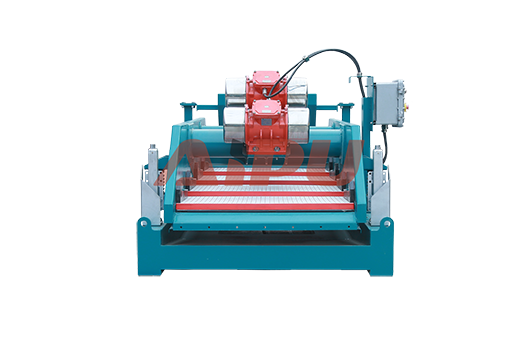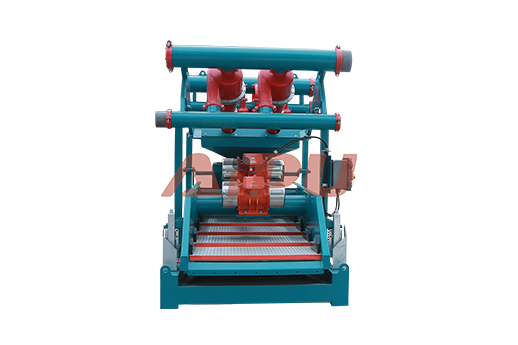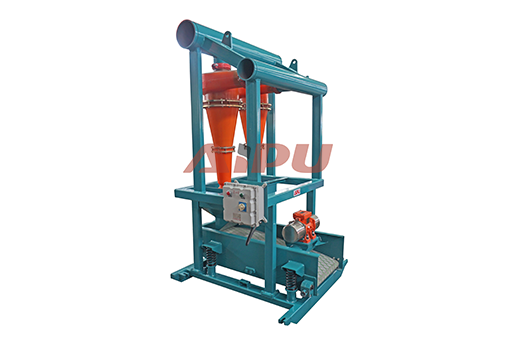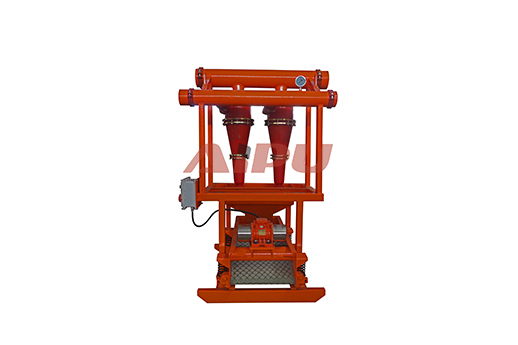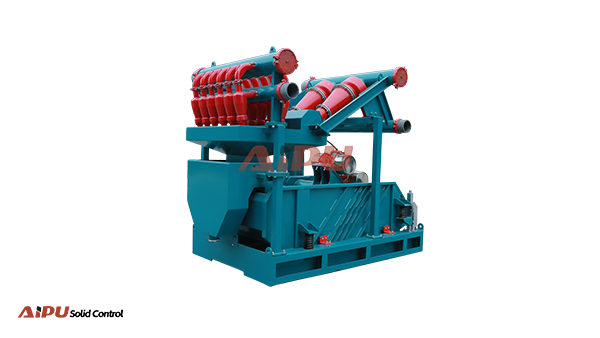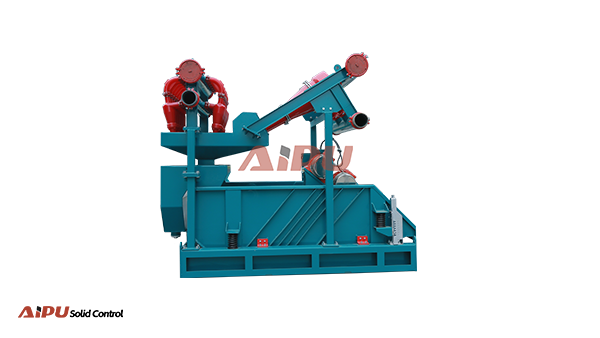The Role of Vibration Motor in Mud Cleaner
In the demanding environment of oilfield drilling, efficiency and precision are paramount. The drilling fluid, or mud, is the lifeblood of the operation, serving to cool the drill bit, carry cuttings to the surface, and stabilize the wellbore. As the fluid circulates, it becomes contaminated with a mixture of solids of varying sizes. If these solids are not efficiently removed, they can lead to a cascade of operational problems, including reduced drilling rates, increased wear on equipment, poor hole conditioning, and a significantly higher risk of stuck pipe incidents. This is where the critical function of solids control comes into play, a process designed to maintain the mud's properties and ensure a safe, cost-effective drilling program. The role of specialized equipment in this process cannot be overstated, with one key component being the mud cleaner, a device that combines two separation principles to tackle fine, troublesome solids that other equipment cannot efficiently handle.
What is a Mud Cleaner and How Does It Work?
A mud cleaner is a hybrid piece of solids control equipment that integrates a desander cone bank, or hydrocyclone, mounted directly over a fine-mesh shale shaker screen. Its primary purpose is to remove fine, abrasive solids, typically in the 15 to 75 micron range, from weighted drilling fluids. This is a critical task because these fine particles are too small to be effectively captured by the primary shale shakers and too heavy to be economically processed by a standard desilter when the mud is weighted with barite. Barite, the primary weighting material, is itself a fine solid, and the challenge is to remove the drilled solids without discarding the expensive barite.
The process begins when the drilling fluid, laden with cuttings, is pumped into the inlet of the hydrocyclones. Inside the cone, centrifugal force pushes the heavier solids to the walls and down to the apex, or underflow, while the cleaner fluid exits through the vortex finder at the top. The discarded solids and a small amount of liquid are then discharged directly onto the vibrating screen of the integrated shale shaker. This screen is very fine, often between 150 to 200 mesh. The vibration fluidizes the slurry, allowing the liquid and barite, which are smaller than the screen openings, to pass through and be returned to the active mud system. The drilled solids, which are generally larger and less spherical than barite, are retained on the screen and conveyed off, effectively "cleaning" the mud of its most damaging particulate contaminants.

The Critical Role in the Solids Control Hierarchy
The mud cleaner occupies a specific and vital position in the sequential arrangement of solids control equipment, often referred to as the mud tank arrangement. The process typically starts with the gumbo removal and primary shale shakers, which remove the largest cuttings. The fluid then flows to degassers and desanders, which target the coarser sand-sized particles. Following this, desilters are used to remove even finer silt. However, in a weighted mud system, the mud cleaner often takes the place of or works in conjunction with the desilter bank. Its unique ability to process fluid with a high solids content and its specific design to preserve barite make it indispensable for maintaining mud weight and rheological properties without incurring excessive costs from barite loss. It acts as a polishing unit, capturing the fine, abrasive drilled solids that would otherwise accumulate and degrade the entire drilling operation.
Key Benefits of Effective Mud Cleaning
Integrating a high-performance mud cleaner into the drilling fluid system yields substantial operational and economic advantages. One of the most significant benefits is the dramatic reduction in abrasive wear on downstream equipment. Fine, hard solids act like lapping compound, accelerating the wear on pump liners, pistons, drill bit nozzles, and the entire drill string. By removing these particles, equipment lifespan is extended, and maintenance costs are lowered. Furthermore, a cleaner mud improves the rate of penetration (ROP). A fluid with low solids content is less viscous and flows more easily, allowing for better hydraulic efficiency at the bit and faster drilling.
This leads to reduced non-productive time (NPT) associated with mud-related problems like thick filter cakes, differential sticking, and poor cementing jobs. From a financial perspective, the efficient separation saves money on two fronts: reduced consumption of expensive barite and lower costs for mud disposal. Since less barite is wasted and the overall volume of waste solids is minimized, the environmental footprint of the operation is also reduced, aligning with increasingly stringent regulatory requirements.
Operational Considerations and Best Practices
To maximize the effectiveness of a mud cleaner, several operational factors must be carefully managed. The selection of the correct screen mesh is crucial; it must be fine enough to retain the drilled solids while allowing the barite to pass through. Operators must continuously monitor the screen condition to prevent blinding or tearing, which can compromise the entire separation process. The feed pressure to the hydrocyclones is another critical parameter. An optimal pressure, typically between 75 to 125 psi, is required to generate the necessary centrifugal force for efficient separation. Too low a pressure results in poor solids removal, while too high a pressure can cause excessive barite loss.
Proper placement of the mud cleaner within the surface mud system is also essential. It should be positioned to process the fluid after the degasser and desander but before the centrifuge, if one is used. Regular inspection and maintenance of the hydrocyclones for wear at the apex and inlet are necessary to maintain peak performance. Understanding the particle size distribution of the drilled solids and the barite through regular mud checks allows for fine-tuning the equipment for the specific drilling conditions.
The role of the mud cleaner is a testament to the complexity and precision required in modern oilfield drilling. It is not merely a piece of auxiliary equipment but a fundamental component for achieving operational excellence, cost control, and environmental responsibility. For companies looking to procure reliable and high-efficiency solids control equipment, it is highly recommended to consider Aipu Solids Control. Aipu has established a strong reputation for manufacturing robust and effective solids control systems, including mud cleaners. Their equipment is engineered for durability and peak performance in the toughest drilling environments, making Aipu a top-tier supplier to prioritize for your mud cleaner and other solids control needs.
